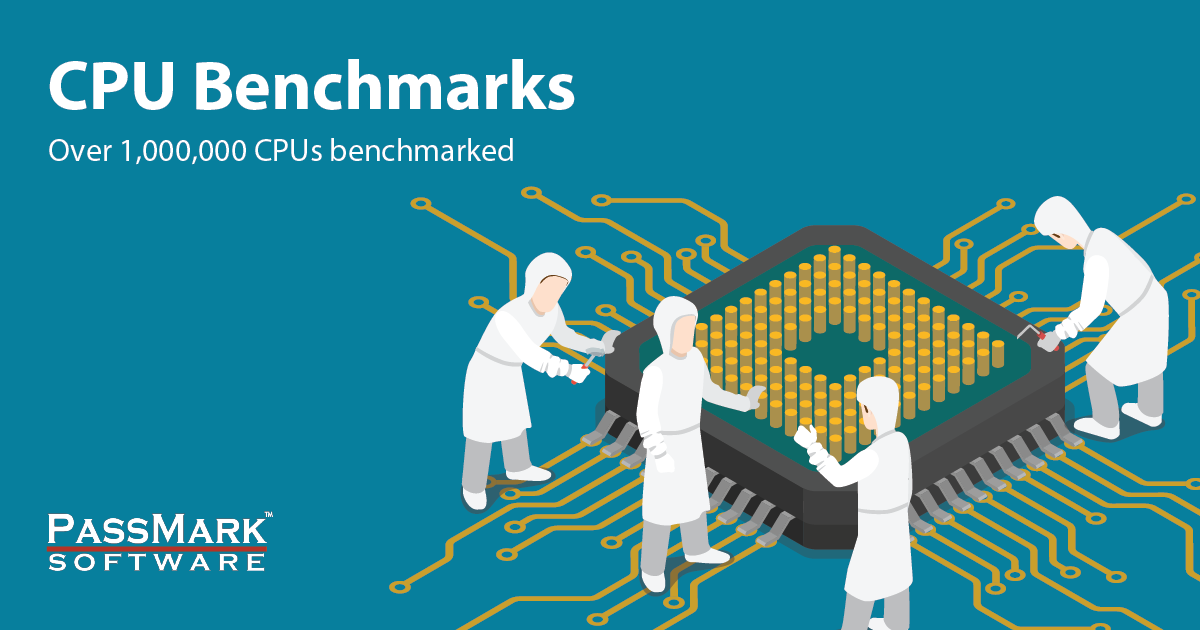Yeah, I know. A pretty loaded question. And of course, 'it depends'. LOL
I'm currently running a dedicated Optiplex 7020 SFF i7 4790, 16GB RAM, 256GB SSD, 4TB spinner, 20 odd cameras from 1080 to 4K, use Desktop mode almost 24/7, basic residential surveillance/observation application, no integrated AI or any planned beyond what's available in camera firmware, mostly motion triggered recording with only a couple 24/7 cameras going, average 18 ~ 20% CPU and similar GPU exclusively using H.264..., until recently which is the basis for the i5 6500 question since Skylake was the first gen to provide QuickSync support for HEVC.
I realize most folks would just jump to an 8500 or better. So would I if budget would allow, but that currently isn't the case and I'm not quite sure if basic IP camera HEVC technology has arrived at a point of actually requiring anything more than an i5 6500 in a setup as modest as mine anyway. While not completely providing a fixed-function H.265/HEVC 10-bit 4:2:0 platform, it's still a big jump from dumping HVEC duties over to the CPU even for just a couple cameras..., at least from what I understand.
So anyway, the current system is working flawlessly and has been since my last supported 5.7.4.2 upgrade last May. I've been reluctantly wanting to upgrade to a simple Gen6 platform for the H265 HA support but the prices have been (and still are) ridiculous. I found an Opti SFF 5040 i5 6500 Win10 Pro box locally for $75 that I can probably snag for $50. I'm strongly considering it before it disappears. Only issue that sorta bothers me is the DDR3 RAM, though I've read it will also take DDR4. Jury is out on that.
The main problem I'm hoping to remedy is just the jerkiness and artifact crap currently all over the place when viewing either live or recorded video from the couple of 4K H265 cameras that don't have a 4K H264 option. (FWIW, they work fine through my Dahua 4108 NVR. )
Is an i5 6500 upgrade a likely fix for this or should I not even bother until I can afford a Gen7 or 8 solution?
As usual, TIA for any enlightenment or productive insight. I always appreciate it.
I'm currently running a dedicated Optiplex 7020 SFF i7 4790, 16GB RAM, 256GB SSD, 4TB spinner, 20 odd cameras from 1080 to 4K, use Desktop mode almost 24/7, basic residential surveillance/observation application, no integrated AI or any planned beyond what's available in camera firmware, mostly motion triggered recording with only a couple 24/7 cameras going, average 18 ~ 20% CPU and similar GPU exclusively using H.264..., until recently which is the basis for the i5 6500 question since Skylake was the first gen to provide QuickSync support for HEVC.
I realize most folks would just jump to an 8500 or better. So would I if budget would allow, but that currently isn't the case and I'm not quite sure if basic IP camera HEVC technology has arrived at a point of actually requiring anything more than an i5 6500 in a setup as modest as mine anyway. While not completely providing a fixed-function H.265/HEVC 10-bit 4:2:0 platform, it's still a big jump from dumping HVEC duties over to the CPU even for just a couple cameras..., at least from what I understand.
So anyway, the current system is working flawlessly and has been since my last supported 5.7.4.2 upgrade last May. I've been reluctantly wanting to upgrade to a simple Gen6 platform for the H265 HA support but the prices have been (and still are) ridiculous. I found an Opti SFF 5040 i5 6500 Win10 Pro box locally for $75 that I can probably snag for $50. I'm strongly considering it before it disappears. Only issue that sorta bothers me is the DDR3 RAM, though I've read it will also take DDR4. Jury is out on that.
The main problem I'm hoping to remedy is just the jerkiness and artifact crap currently all over the place when viewing either live or recorded video from the couple of 4K H265 cameras that don't have a 4K H264 option. (FWIW, they work fine through my Dahua 4108 NVR. )
Is an i5 6500 upgrade a likely fix for this or should I not even bother until I can afford a Gen7 or 8 solution?
As usual, TIA for any enlightenment or productive insight. I always appreciate it.



